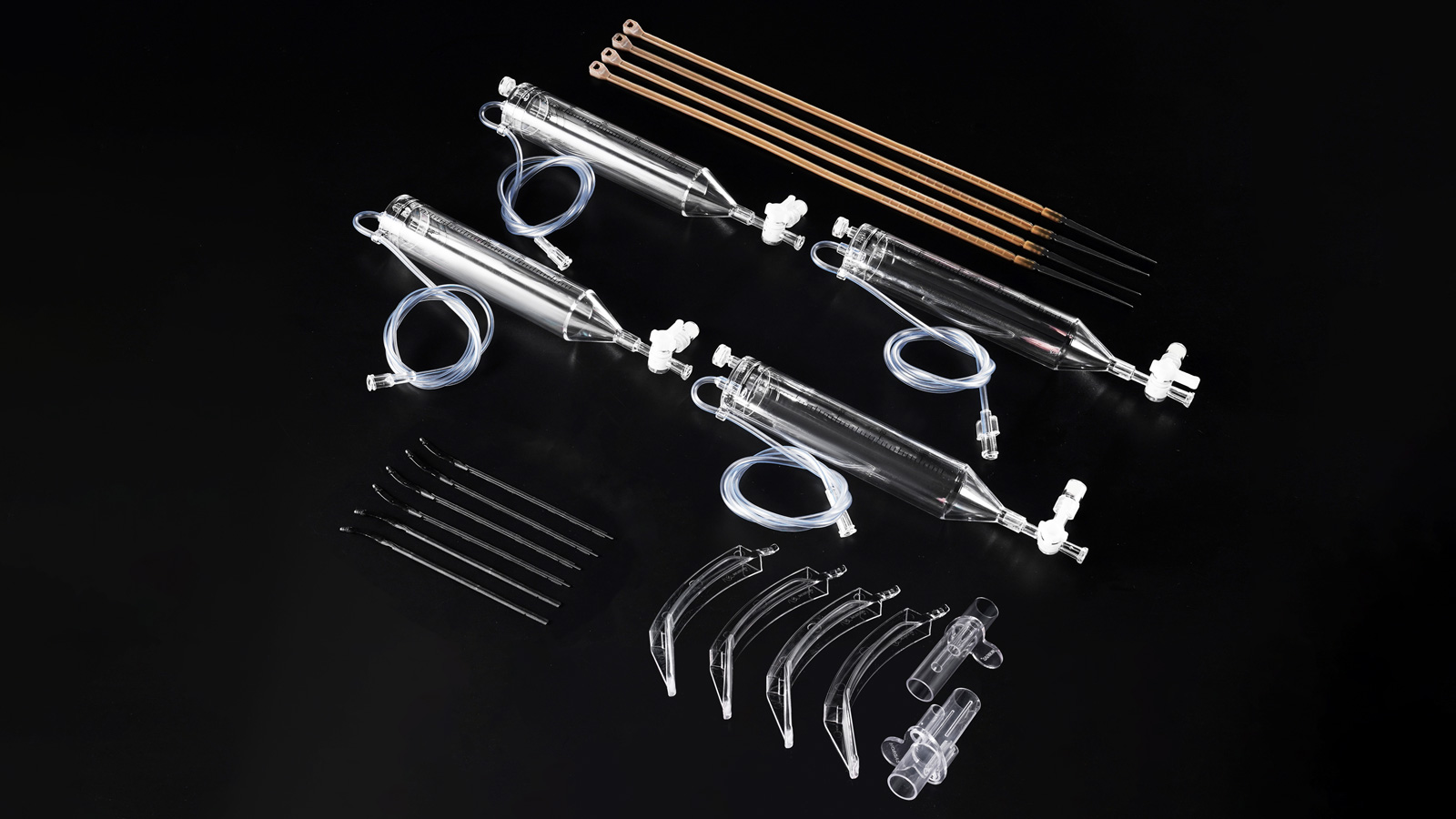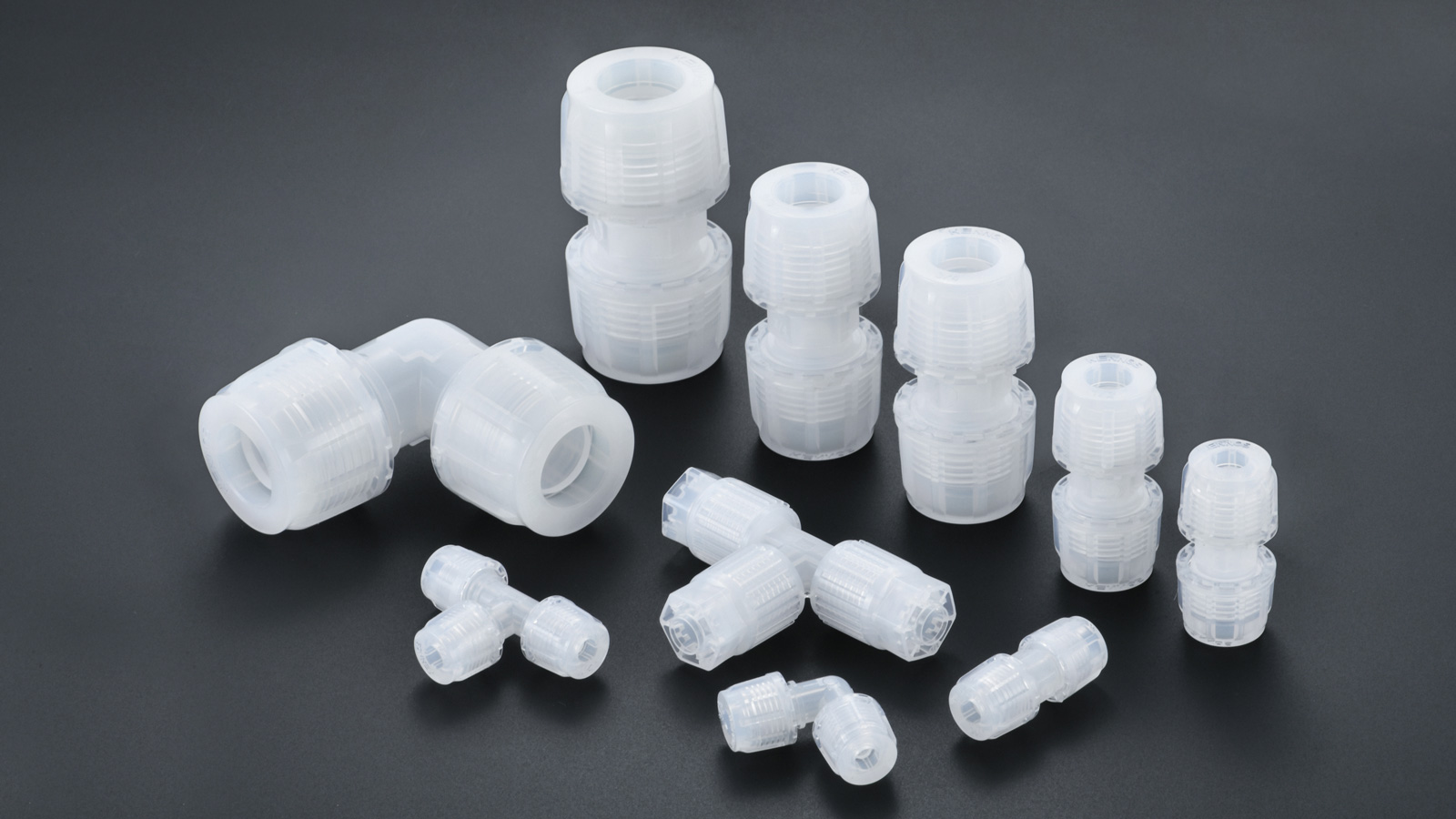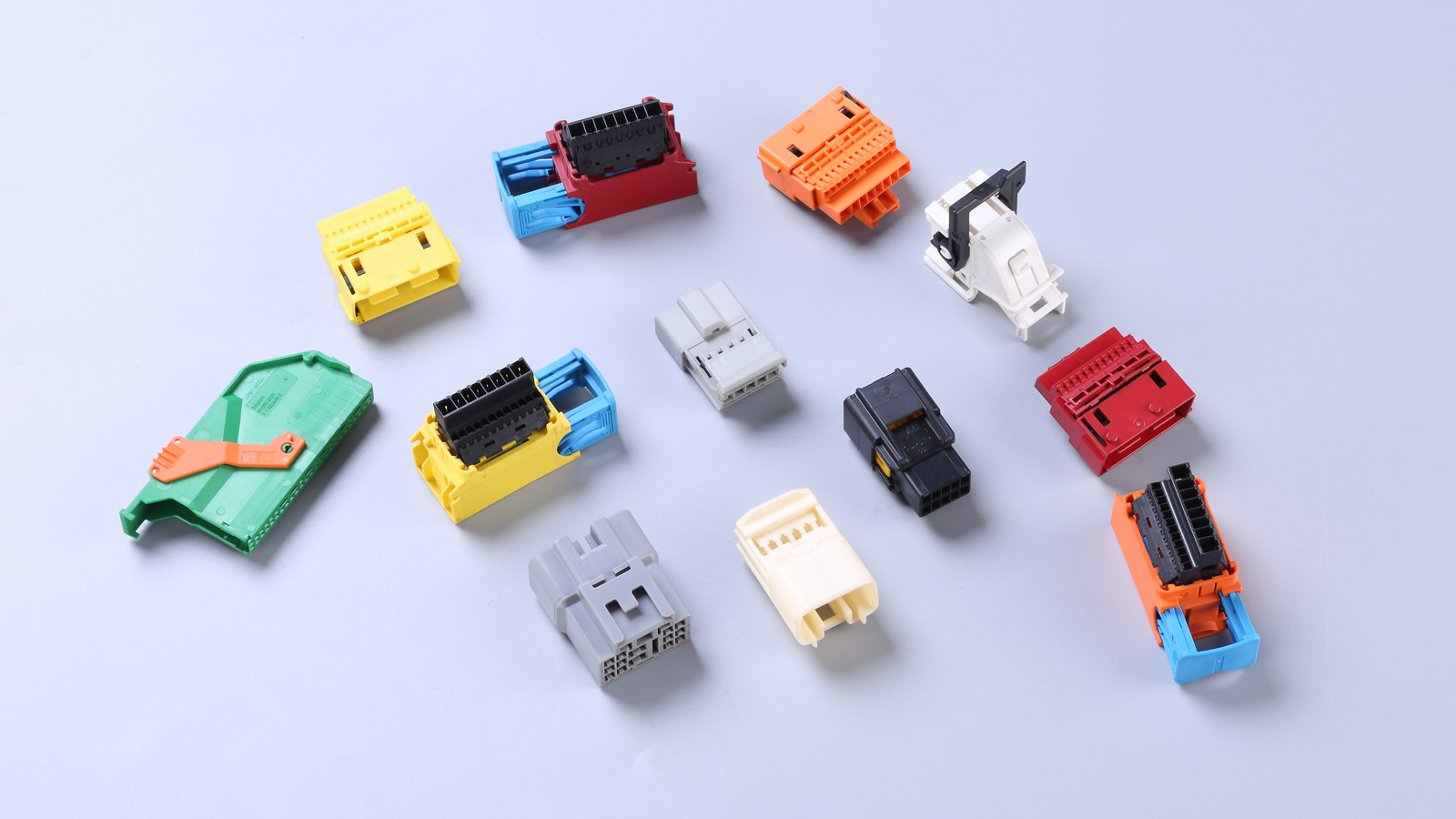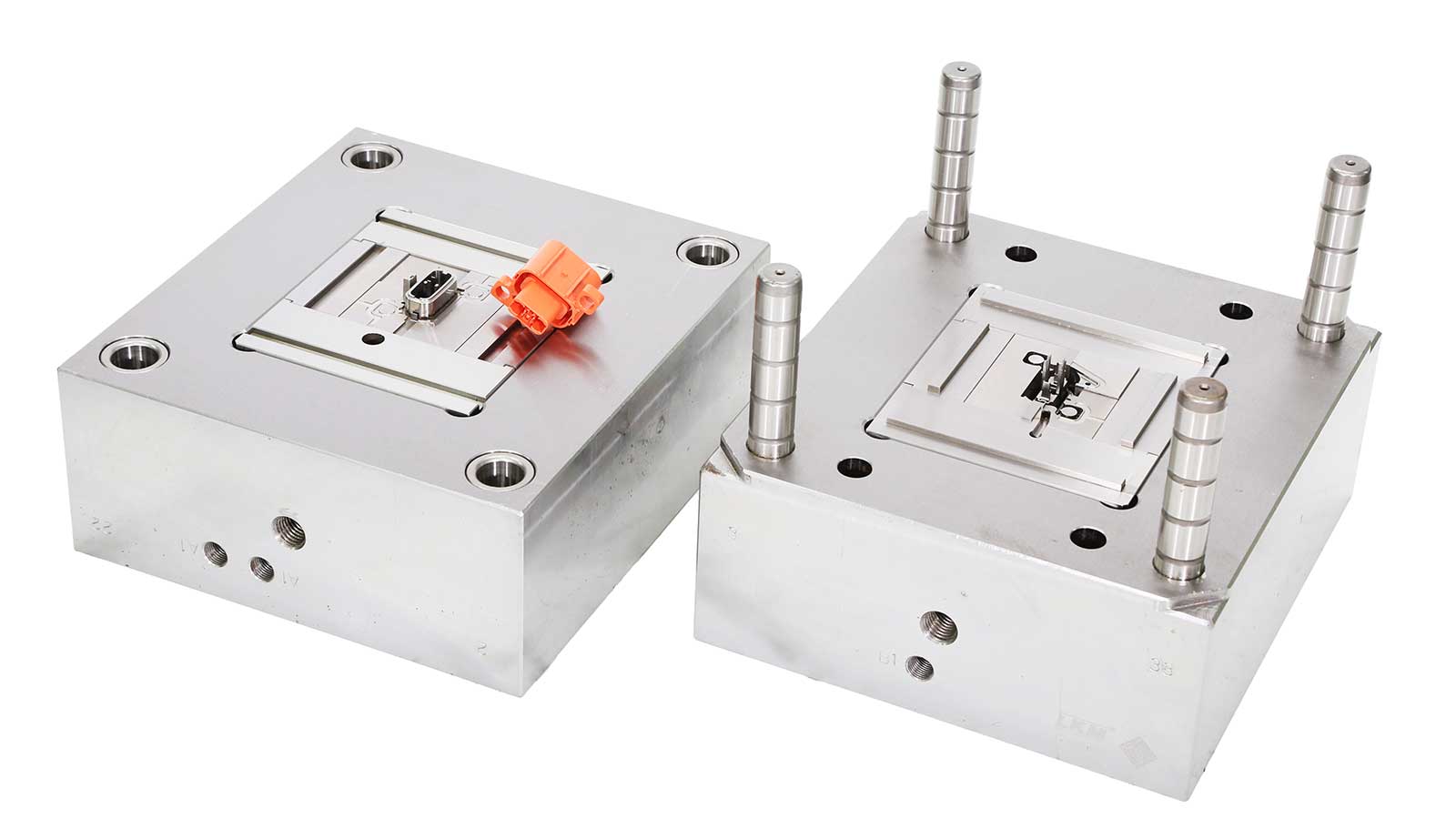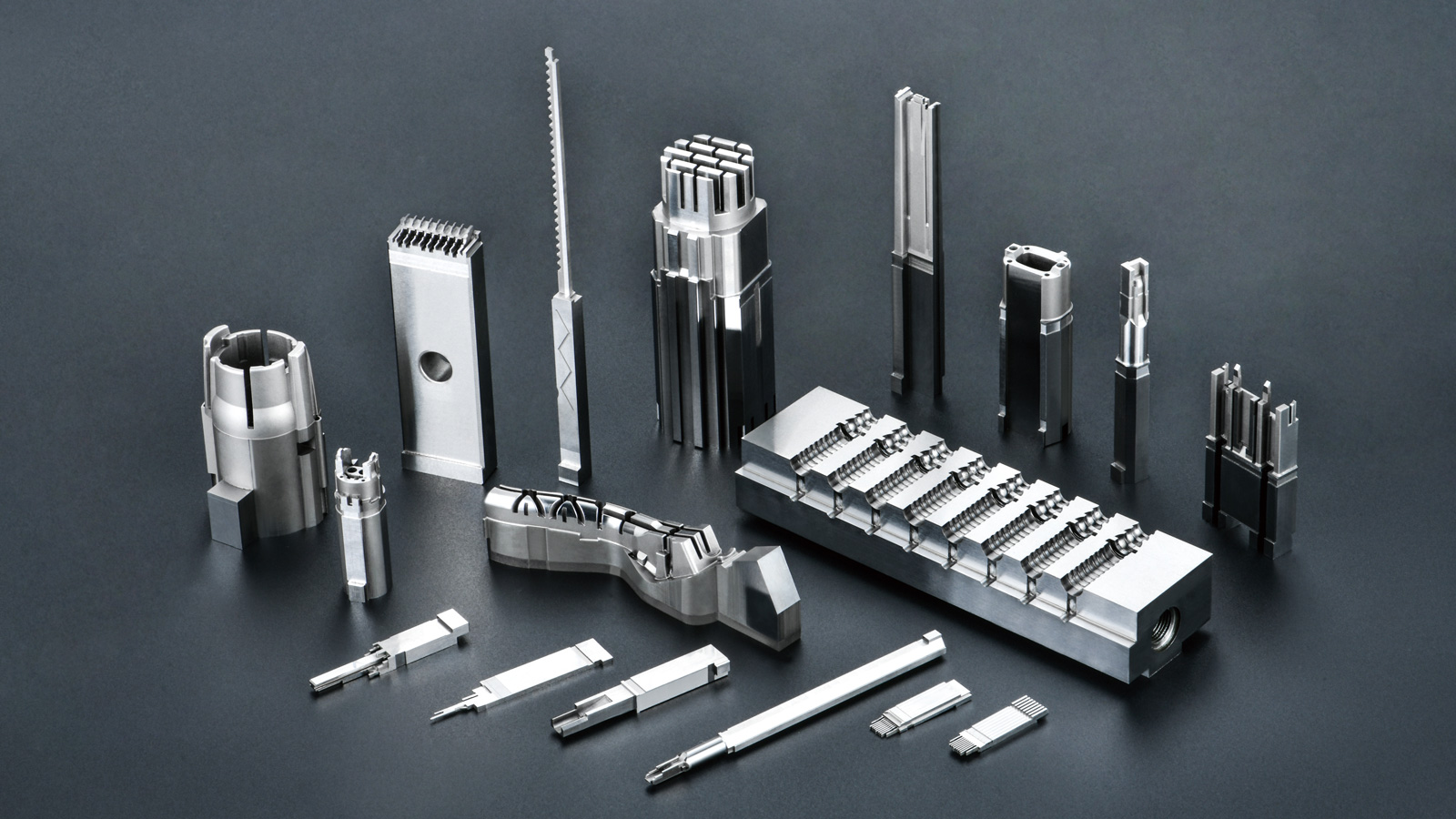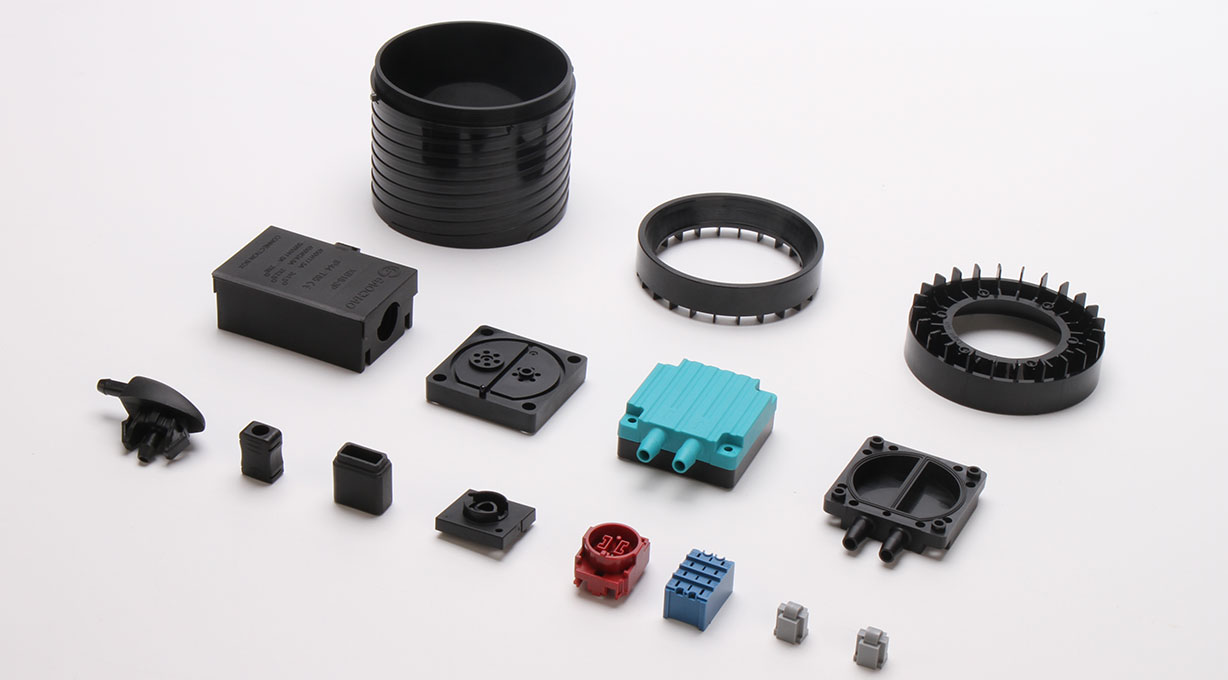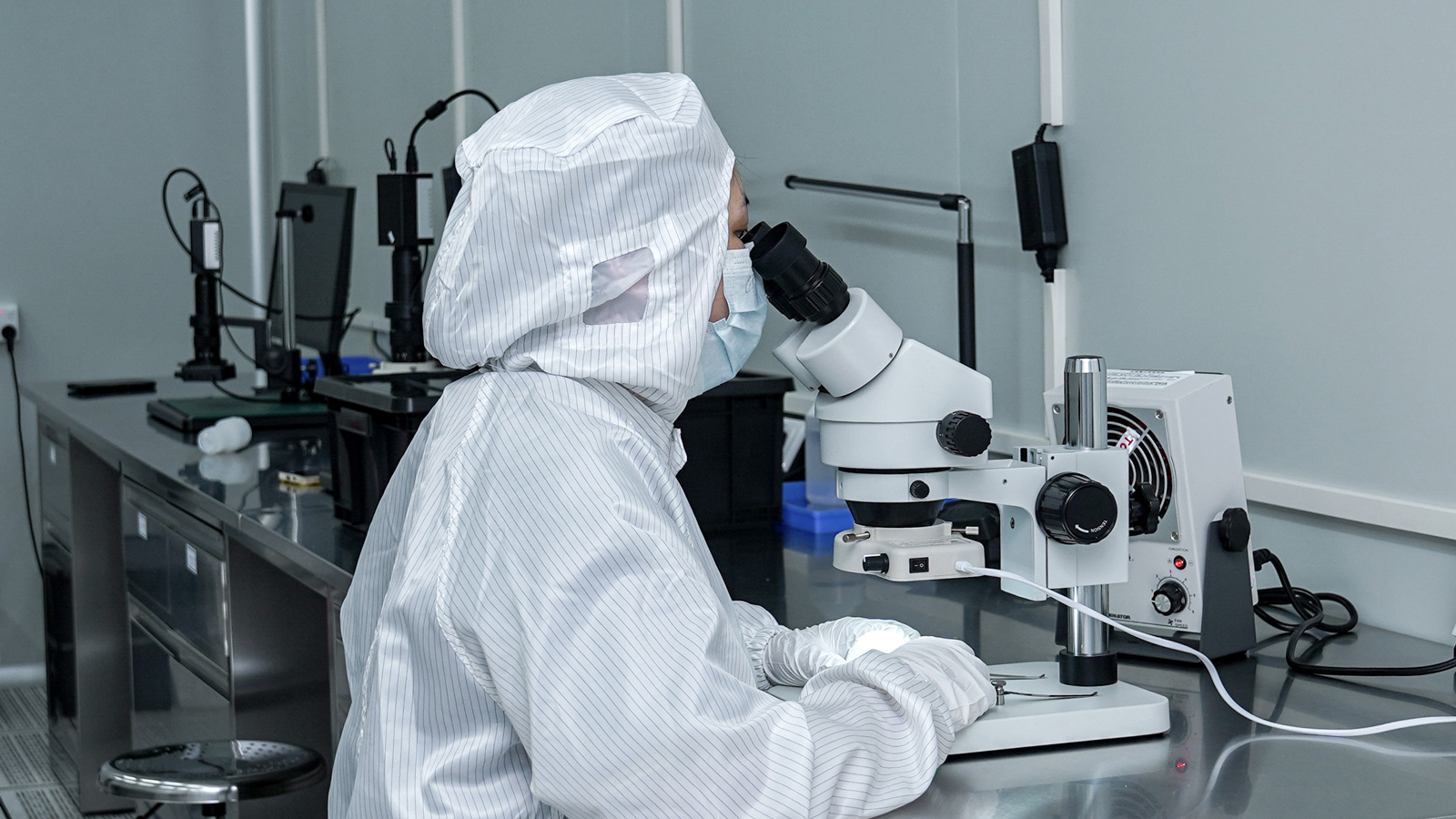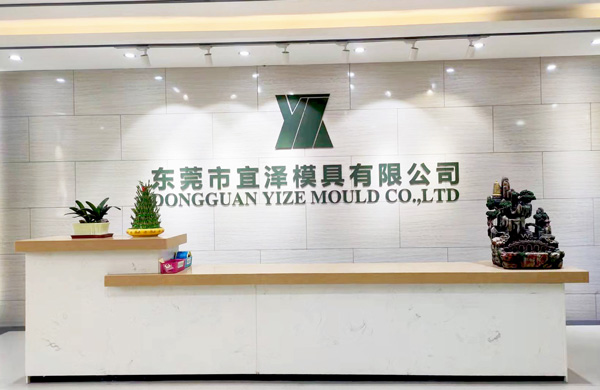Transparent plastic injection molding faces numerous challenges due to its stringent requirements for the light transmittance and surface quality of products. Any impurities in the plastic can affect product transparency, so raw materials must be kept clean during storage, transportation, and feeding. In particular, moisture in the raw materials can cause deterioration upon heating, necessitating drying. During drying, the input air should be filtered and dehumidified to prevent contamination.
The cleaning of the barrel, screw, and their accessories is crucial. To prevent contamination of raw materials and existing materials or impurities in the screw and accessory grooves, especially for resins with poor thermal stability, the screw should be cleaned before use and after shutdown to avoid residual impurities. When the equipment is temporarily shut down, the temperatures of the dryer and barrel should be lowered to prevent raw material degradation caused by prolonged high – temperature exposure.
Mold and product design significantly impact the molding quality of transparent plastics. To prevent poor flow or uneven cooling, which can lead to molding defects, surface flaws, and deterioration, the following points should be noted in mold design:
- Wall Thickness and Draft Angle: The wall thickness should be as uniform as possible, and the draft angle should be large enough to ensure smooth demolding and avoid surface damage.
- Smooth Transitions: Products should have smooth transitions to prevent stress concentration at sharp corners, which can affect product quality.
- Gate and Runner Design: The gate and runner should be as wide as possible, and the gate position should be reasonably determined according to the shrinkage and solidification process to ensure uniform plastic filling.
- Mold Surface Quality: The mold surface should be smooth with low roughness to make the product surface flatter and brighter.
- Vent Slot Settings: The vent slot should be large enough to fully exhaust the air and gases in the melt and prevent internal bubbles in the product.
In the transparent plastic injection molding process, precise control of process parameters is essential to reduce internal stress and surface quality defects:
- Equipment Selection: Use a dedicated screw and an injection molding machine with an independent temperature – controlled nozzle to better control the plastic melting and injection process.
- Injection Temperature: The injection temperature should be as high as possible but below the decomposition temperature to improve plastic fluidity and avoid impurity generation due to decomposition.
- Injection Pressure: The injection pressure should be high enough to overcome the high viscosity of the melt. However, excessive pressure can cause internal stress, leading to internal deformation and difficult demolding, so it needs to be reasonably controlled.
- Injection Speed: Under the condition of sufficient mold filling, the injection speed should generally be low, and a multi – stage injection of slow – fast – slow is preferred to ensure uniform product quality.
- Holding Pressure Time and Molding Cycle: Under complete filling, ensure no sink marks or bubbles are produced. The holding pressure time should be as short as possible to reduce the residence time of the melt in the barrel and lower the risk of plastic degradation.
- Mold Temperature: The mold cooling has a significant impact on quality, so precise control of the mold temperature is necessary to ensure product dimensional stability and surface quality.
Additionally, the use of release agents should be minimized during the injection molding process to prevent deterioration of surface quality.
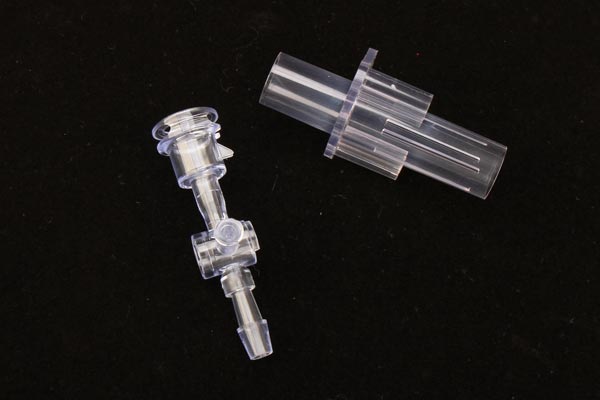
Different transparent plastics have unique injection molding characteristics and process requirements:
- PMMA: PMMA has high viscosity and poor fluidity, requiring high temperature and high injection pressure. The injection temperature has a greater impact than the injection pressure, but a higher injection pressure is beneficial for improving product shrinkage. Its injection temperature range is wide, with a melting temperature of 160°C and a decomposition temperature of 270°C. Improving fluidity can be achieved by increasing the injection temperature. However, PMMA has common defects such as poor impact resistance, poor wear resistance, easy scratching, and brittleness, which can be overcome by increasing the mold temperature and optimizing the solidification process.
- PC: Compared with PMMA injection molding, PC has a narrower injection temperature adjustment range. The injection pressure has little impact on fluidity, but due to its high viscosity, a relatively high injection pressure is still required. To prevent internal stress, the holding pressure time should be shortened as much as possible. PC products have small shrinkage and stable dimensions but high internal stress and are prone to cracking. Improving fluidity can be achieved by increasing the temperature rather than the pressure. Also, increasing the mold temperature, optimizing the mold structure, and performing post – treatment can reduce the possibility of cracking. When the injection speed is low, defects such as ripples are likely to occur at the gate. The nozzle temperature and mold temperature should be controlled separately, and the resistance of the runner and gate should be reduced.
- PET: PET has a high molding temperature and a narrow temperature adjustment range (260 – 300°C). After melting, it has good fluidity but poor processability, and an anti – drooling device is often installed in the nozzle. The mechanical strength and performance after injection are not high, and performance improvement requires stretching and modification. The mold temperature should be high; otherwise, it will cause poor surface gloss and difficult demolding.
Transparent plastic injection molding is a complex systematic project that requires comprehensive control in multiple aspects, including raw materials, equipment, molds, product design, and injection molding processes. Only by strictly following the requirements and finely adjusting the process parameters can high – quality transparent plastic products be produced to meet the market demand for high – quality transparent plastic products.
